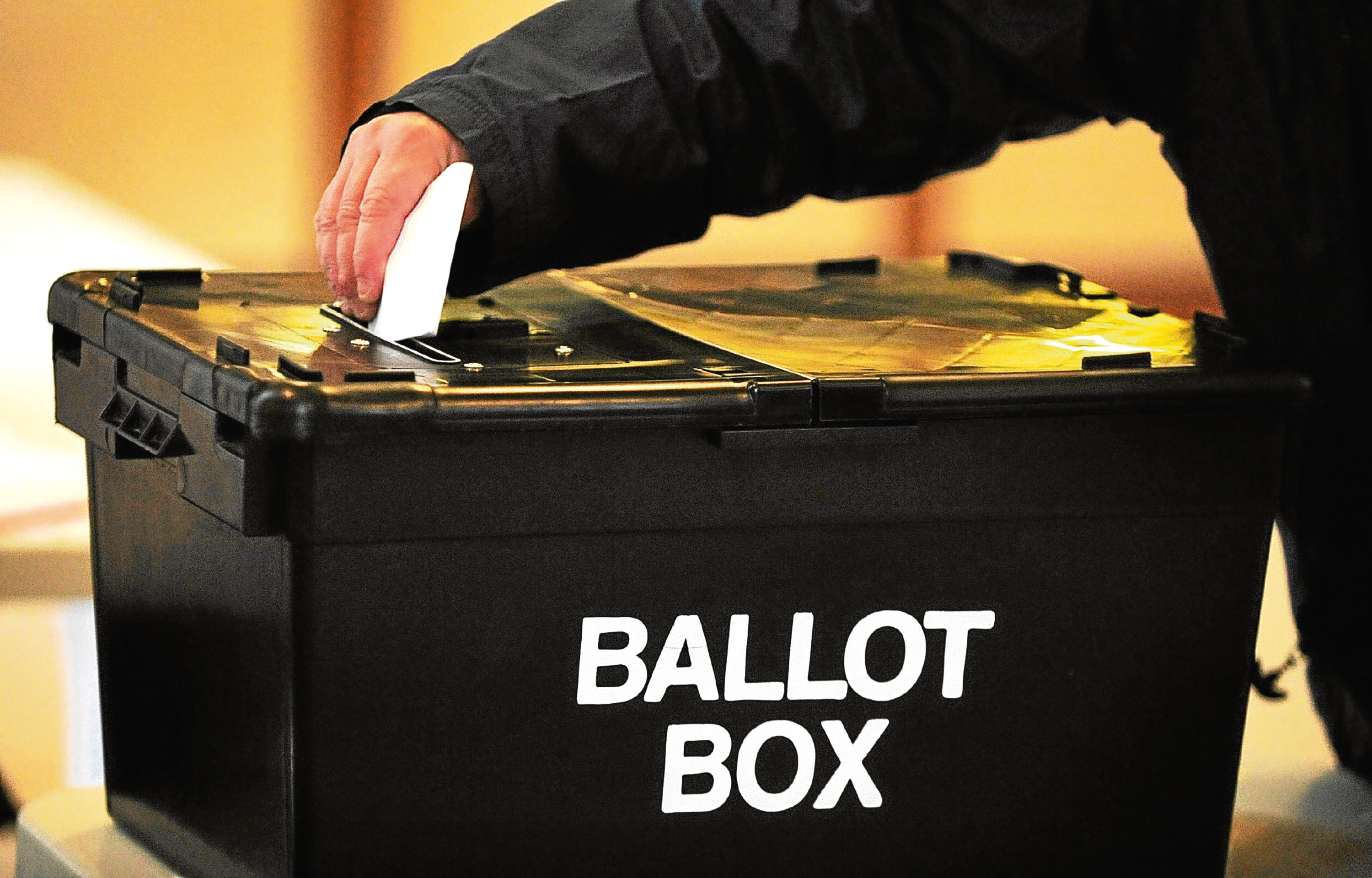
I really enjoy going to vote.
There’s something special about the experience and it’s important – we shouldn’t take it for granted.
Look no further than the recent Kenyan elections, for instance.
People stood in line for hours to have their say, with one woman going into labour as she waited.
She gave birth at the polling station and after being checked over at a clinic returned to vote.
Luckily for me, our General Election happened much earlier in my pregnancy, so there was little risk of anything quite so dramatic unfolding.
Jokes aside, however, the episode shows how much voting meant to her – she even reportedly named her daughter Kura, Swahili for ballot.
Since post-election violence in 2007, the country has invested a great deal of effort in trying to ensure a fair, fraud-free process that citizens can have faith in.
Biometric voter registration, helping to eliminate duplicates and verify identities on the day, has been introduced among other measures.
They sadly didn’t stop accusations of rigging in the aftermath of the poll, but nonetheless the ongoing attempt to establish a credible system should be lauded.
And it raises the question of what more we can and should be doing here to protect the integrity of our procedures.
I’ve always been amazed that you can’t pick up a parcel without ID, yet when it comes to voting don’t have to prove who you are.
And while there isn’t evidence of widespread abuse, the Electoral Commission highlighted “troubling” reports following the June 8 contest that a number of students had voted twice – an offence punishable by a fine of up to £5000 – with some admitting it openly on social media. The fact that analysts said the alleged fraud would not have made a “material difference” to the outcome is irrelevant – this shouldn’t be possible full stop.
Requiring voters to show ID would be a good starting point, although without an electronic database wouldn’t stamp out that particular issue.
Nor does everyone have a passport or driving licence and the fear is that such a condition could deter voters, a valid concern when the goal is to drive up participation.
Another potential option is online voting. This might seem like the obvious move in a time when we can do just about everything on a smartphone and could help encourage more young people to vote, but it’s not a perfect solution either.
How could you replicate the privacy of the voting booth and ensure someone is not being coerced into voting a particular way? How could you be sure your vote is completely secret?
There’s also the threat of hacking and such a system would likely necessitate ID cards, a step opposed by many as intrusive and expensive.
Clearly, there’s no easy answer that will satisfy everyone.
But when so many countries around the world – rightly or wrongly – look to the UK as a beacon of democracy, we have a moral obligation to set the best of examples.

Enjoy the convenience of having The Sunday Post delivered as a digital ePaper straight to your smartphone, tablet or computer.
Subscribe for only £5.49 a month and enjoy all the benefits of the printed paper as a digital replica.
Subscribe